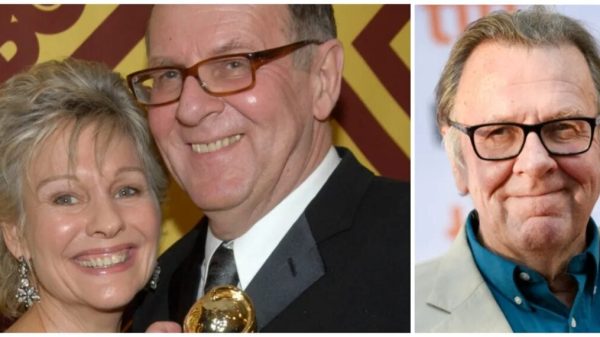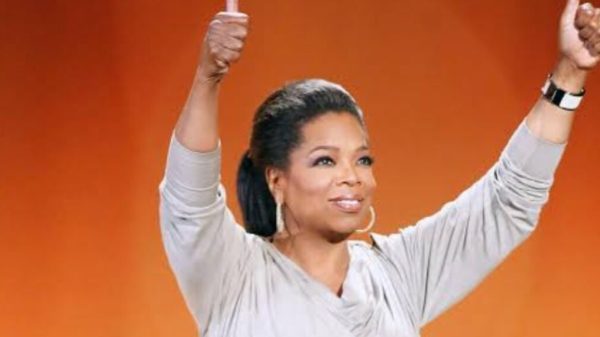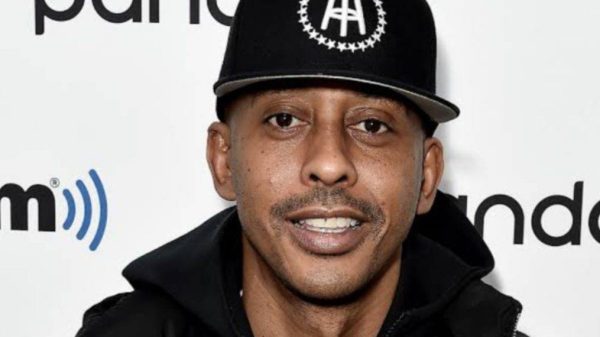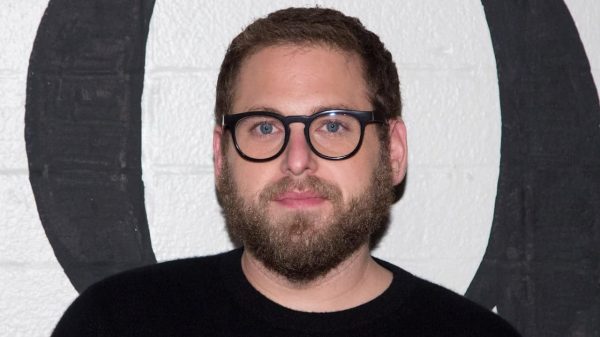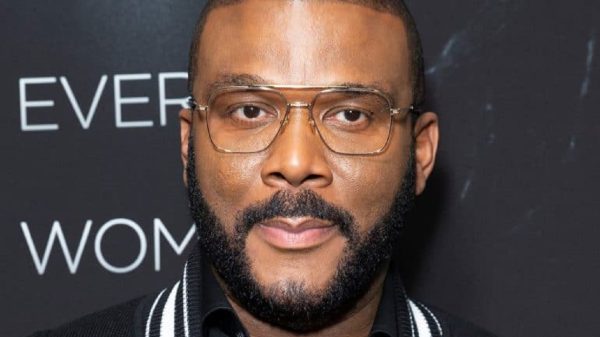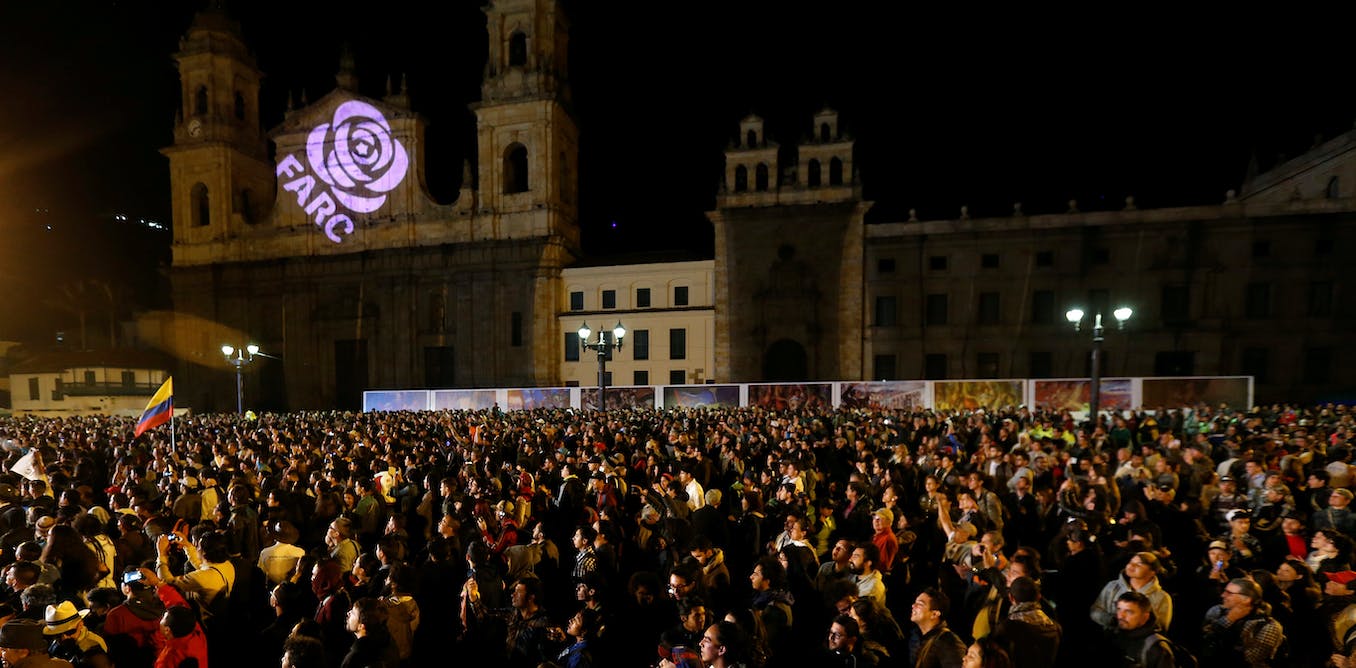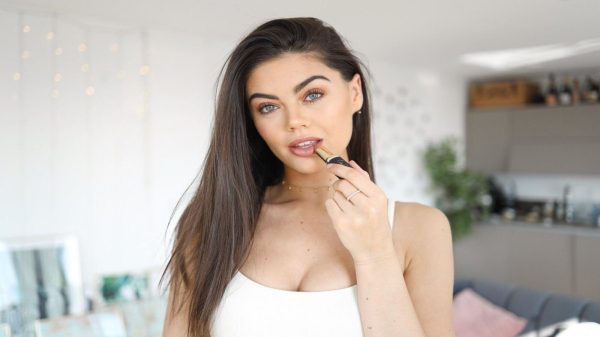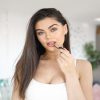Since Colombia inked its delicate and disputed peace deal with the Revolutionary Armed Forces of Colombia (FARC) in November 2016, the key question has been: What will this now non-militant insurgency do next?
On August 28, the FARC responded officially. In its initial congress post-disarmament, the Marxist guerrilla group introduced Colombia’s newest political party: the Fuerza Alternativa Revolucionaria del Común, or Commoners’ Alternative Revolutionary Force.
Rodrigo Londoño Echeverri, the FARC’s top commander, declared via Twitter, “The new party will be built with many voices and diverse ideas.”
While retaining its well-known acronym, the FARC appears to be embracing the opportunities and responsibilities outlined in the 2016 accords. These accords allow former combatants to engage in Colombia’s political system after disarmament, including the controversial provision of 10 congressional seats for the group over two four-year terms.

Colombia’s FARC Rebels Transform into a Political Party and Seek a Leader (Credits: VOA News)
As the 2018 presidential and congressional election campaigns unfold, there’s anticipation about whether this transformed insurgency can establish itself on Colombia’s political scene.
New Chapter
For five decades, the FARC utilized violence to advance its Marxist agenda, hindering political resolutions to social issues and suppressing the voices of millions of Colombians. This approach led to an armed conflict affecting eight million people, resulting in homicide, terrorism, severe injuries, and displacement.
The FARC justifies its use of armed struggle by asserting that the Colombian political elite operated the country as a caste system, disregarding the struggles of the rural and peasant classes, which, for most of the 20th century, constituted 70% of Colombia’s population.
The FARC now aims to position itself as the party for marginalized voters. To succeed, it needs to develop new organizational capacities, navigate internal dissent, and construct a political platform appealing to a broader segment of the Colombian electorate. The shift from rural to urban living for the majority of Colombians poses a challenge, as urban voters may not necessarily align with the FARC’s historical agenda shaped in rural sectors.
Recognizing its low popularity, the FARC’s leadership has taken steps to broaden its appeal, such as inviting former soccer star Rene Higuita to run as a congressional candidate.
New Voices in Debate
In the past, peace and security were top concerns for Colombians. However, in the post-peace process, attention has shifted to issues like corruption and its impact on the state’s service delivery.
The FARC, known for its focus on health care, public education, and economic development during its armed struggle, is now associated with advocating for better state services and can potentially promote an agenda of inclusion and more effective solutions to national problems.
Room for Debate
There are signs of change, as seen in the media’s more neutral coverage of protests, like those in Buenaventura, which were previously labeled as “FARC-inspired.” The absence of the FARC as a violent actor opens up possibilities for a more legitimate democracy in Colombia.
The success of the new FARC hinges not only on public support but also on being perceived as a force for reconciliation in this divided nation. Paradoxically, attempts by hawkish Colombian politicians to derail the accords unintentionally empower the new FARC by allowing it to position itself as a peace agent.
The Colombian establishment’s unintentional empowerment continues as peace unveils corruption, now a prominent issue on the FARC’s agenda. Other political parties are also joining the anti-corruption crusade.
Leadership Challenge
A significant challenge for the FARC’s rebirth is its aging leadership, with an average age of 65. Comandante Lodoño Echevarri, also known as Timochenko, the top leader, has faced health issues, spending recent months in Havana after a heart attack and seizure.
Transitioning from a guerrilla commander to a political party leader requires a charismatic figure advocating peace and reconciliation. While figures like Luciano Marin (Ivan Márquez) and civilians from various backgrounds are considered contenders, choosing a leader unconnected to the group’s militaristic past could present a new image for the party.
Whoever leads the new FARC must navigate the diverse interests of its members, including peasants, former combatants, and urbanites, to form a united front and gain broad public support.
Sustaining the political institution will be another challenge, as past demobilized armed groups experienced initial popularity followed by short-lived political movements. The success of the FARC-turned-political party is crucial for Colombia’s post-conflict stability, though it remains uncertain.












